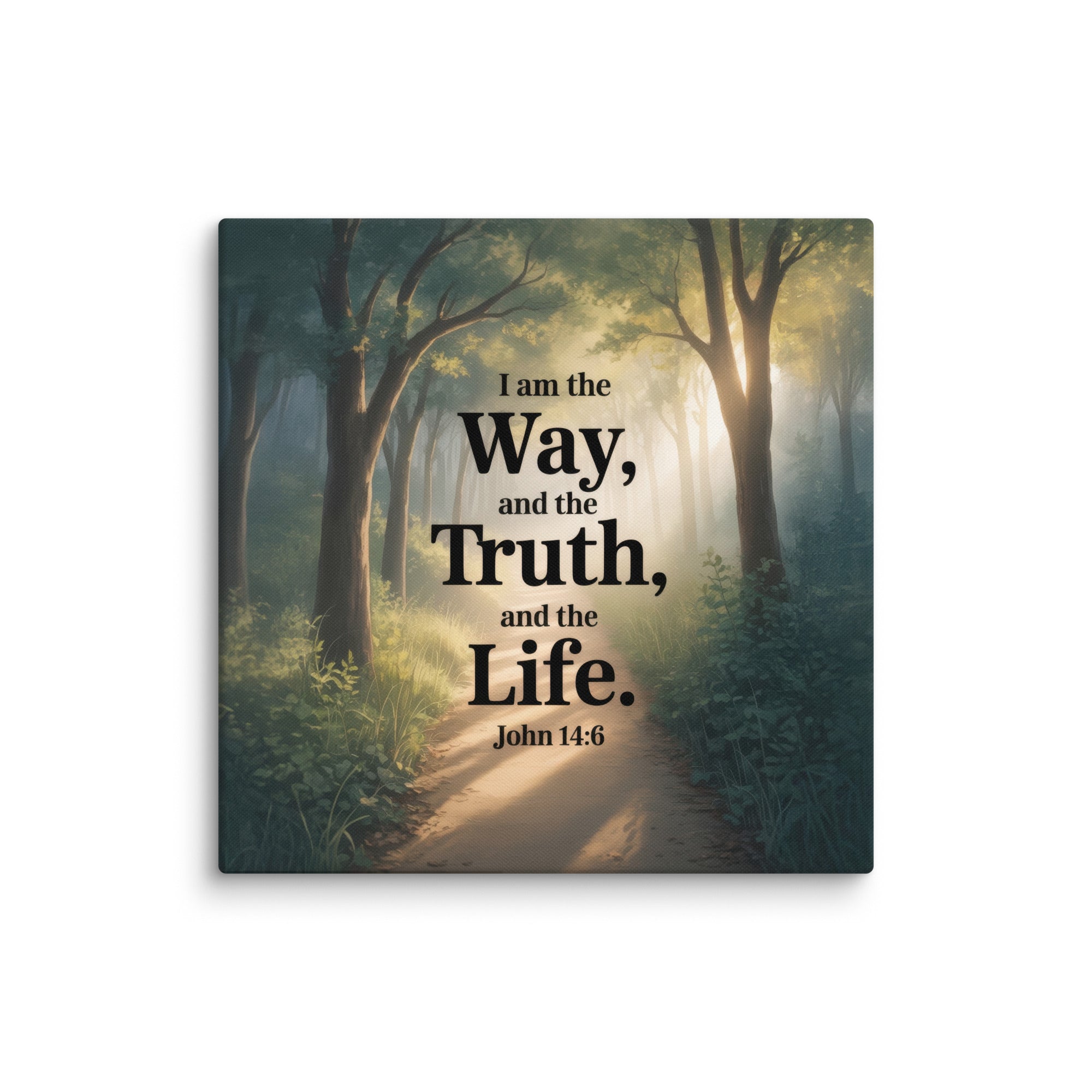Give and it shall be given unto you shows how generosity shapes the heart and reflects God’s goodness. Live with open hands and trust His promise of blessing.
The Book of Ezra is a powerful record of God’s faithfulness to His people after their return from exile in Babylon. It tells of the rebuilding of the temple in Jerusalem and the spiritual renewal of the people. Below are ten interesting facts about this important book of the Bible.
1. Ezra Was Both a Priest and a Scribe
Ezra was not just a religious leader; he was a skilled scribe well-versed in the Law of Moses. His deep understanding of Scripture made him a key figure in restoring proper worship.
Ezra 7:10 — “For Ezra had set his heart to study the Law of the Lord, and to do it and to teach his statutes and rules in Israel.”
2. It Covers Two Different Time Periods
The events in Ezra are divided into two main parts:
- Chapters 1–6 describe the first return from exile under Zerubbabel.
- Chapters 7–10 focus on Ezra’s own journey and reforms nearly 60 years later.
This gap shows God’s work across generations.
3. The Rebuilding of the Temple Was Central
One of the main themes is the restoration of God’s house in Jerusalem. The temple symbolized God’s presence among His people, so rebuilding it was a top priority.
Ezra 6:14 — “And they built and finished it, by the decree of the God of Israel and by decree of Cyrus and Darius and Artaxerxes king of Persia.”
4. Ezra Records Fulfillment of Prophecy
The return from exile fulfilled the prophecy given by Jeremiah that the captivity would last 70 years.
Jeremiah 29:10 — “When seventy years are completed for Babylon, I will visit you, and I will fulfill to you my promise and bring you back to this place.”
5. God Used Pagan Kings to Accomplish His Plan
Kings Cyrus, Darius, and Artaxerxes—rulers of the Persian Empire—played important roles in allowing the Jews to return and rebuild. This shows that God can use anyone, even unbelievers, to fulfill His purposes.
Ezra 1:1 — “The Lord stirred up the spirit of Cyrus king of Persia, so that he made a proclamation…”
6. Opposition Was Fierce but Overcome
The rebuilding of the temple was met with threats, legal complaints, and discouragement from surrounding nations. Yet God’s plan prevailed.
Ezra 4:4–5 — “Then the people of the land discouraged the people of Judah and made them afraid to build.”
7. Ezra Led a Spiritual Revival
Ezra was deeply grieved over the people’s sins, especially their marriages with pagan nations. He led them in confession and repentance, bringing spiritual renewal.
Ezra 9:6 — “O my God, I am ashamed and blush to lift my face to you, my God, for our iniquities have risen higher than our heads…”
8. The Book Emphasizes the Power of God’s Word
A key part of the revival was the public reading and teaching of Scripture. The people were reminded of God’s laws and their covenant with Him.
Nehemiah 8:3 — “And the ears of all the people were attentive to the Book of the Law.”
9. It Connects to the Books of Nehemiah and Chronicles
Ezra, Nehemiah, and 1–2 Chronicles share similar writing styles and themes. Many scholars believe Ezra may have written or compiled these books, linking Israel’s history before and after the exile.
10. It Teaches God’s Faithfulness to Restore
Above all, Ezra shows that God keeps His promises. No matter how far His people had fallen, He brought them back and restored their worship.
Lamentations 3:22–23 — “The steadfast love of the Lord never ceases; his mercies never come to an end; they are new every morning; great is your faithfulness.”
























